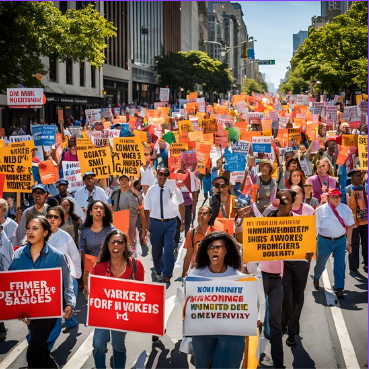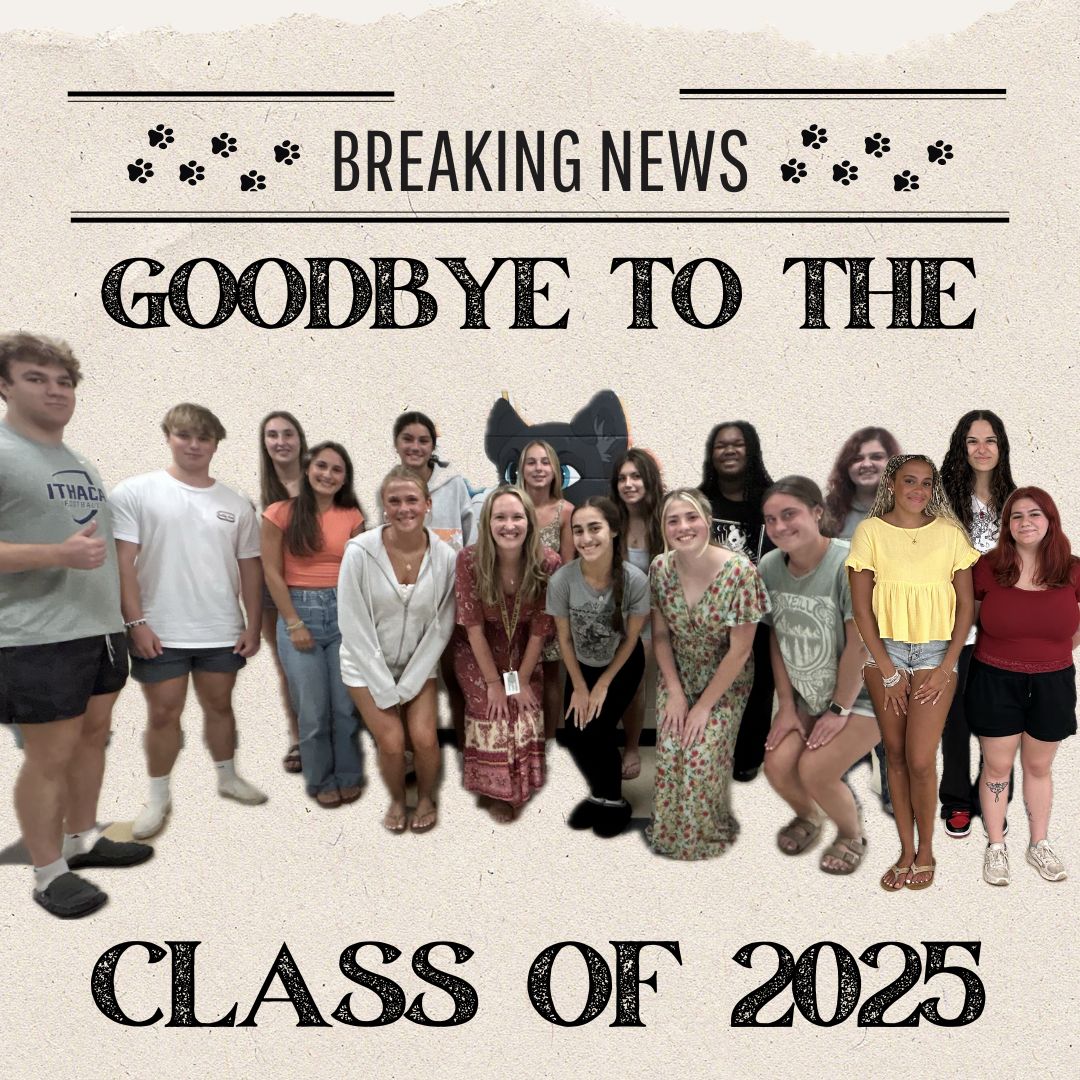In the U.S., major strike activity in the past two years has increased 280% according to the Economic Policy Institute. These strikes include workers from all over the country: from auto workers to Hollywood writers and actors, nurses, and public school teachers.
The Economic Policy Institute explains, “a common theme among these strikes in 2023 was a demand for higher pay amid the inflationary shocks stemming from pandemic re-opening, global crises, record profits for many corporations, and stratospheric CEO pay.” These strikes are not just isolated incidents but part of a broader movement advocating for fair wages and better treatment in the workplace.
Nurses and other medical staff have been very vocal about their struggles. Overworked and underpaid, many are demanding better staffing ratios and higher wages that reflect the critical nature of their work, especially being post-pandemic. The stress and burnout that healthcare workers have experienced has caused them to reach a breaking point which led to strikes which aim to secure improved conditions and respect for their profession.
Education workers, such as teachers and support staff are also joining in on recent strike activity. They’ve been fighting for better pay, smaller class sizes and more resources for students. The pandemic highlighted the essential role educators play, yet many feel their compensation and working conditions do not match their contributions. Strikes in this sector are pushing for changes that will not only benefit the workers but also enhance the quality of education for students. They want their hard work to be recognized and rewarded.
Social media is playing a huge role in improving the situation for U.S. workers going on strike. It’s providing a platform for workers to share their stories, rally support, and organize more effectively. By spreading awareness quickly, social media helps put pressure on employers to negotiate fairer terms. Hashtags, viral posts, and live updates keep everyone informed and engaged, making it harder for companies to ignore the demands. Essentially, social media is leveling the playing field, giving workers a louder voice and a stronger presence in their fight for fair treatment.
In conclusion, the struggle for fair pay, improved working conditions, and respect in the workplace is a fight that unites workers across the globe. It’s clear that the demand for a $15 minimum wage and better benefits is not just about economic survival but also about dignity and fairness. Social media has become a powerful tool in this movement, rallying public support and amplifying the voices of those who deserve to be heard. As we continue to stand in solidarity, we must remember that every worker deserves respect and fairness, ensuring a better future for all.








